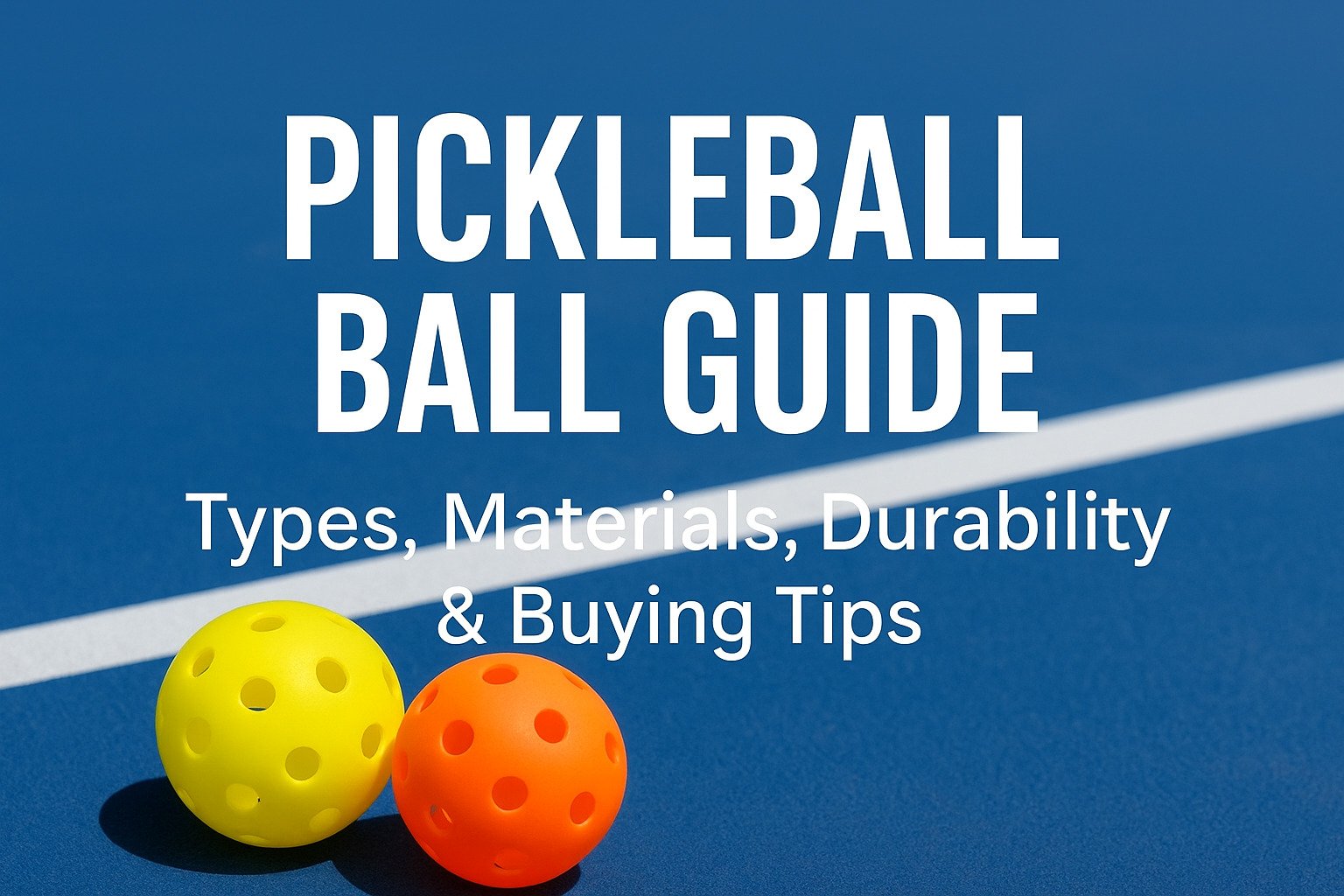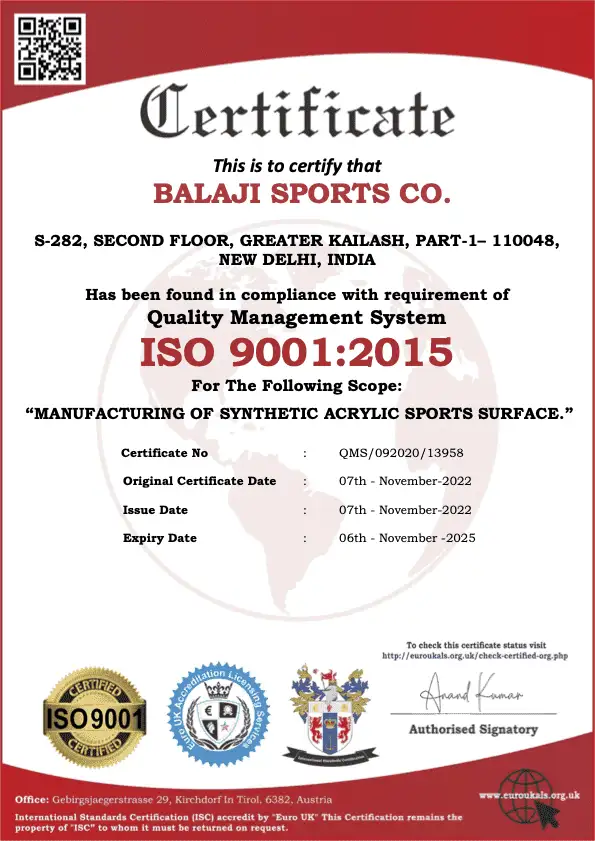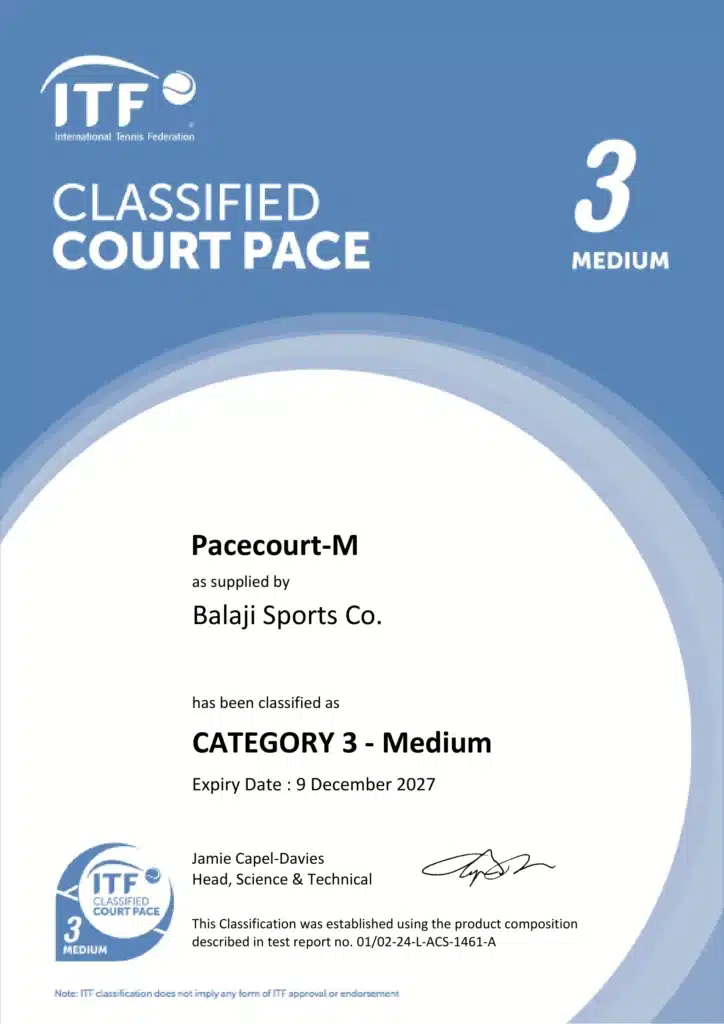
Pickleball has rapidly evolved into one of the fastest-growing racket sports worldwide, and with its popularity comes increased demand for quality equipment. Among all gear, the pickleball ball plays the most critical role in how the game feels—its bounce, speed, spin, and overall playability.
Whether you’re a beginner learning the basics, a recreational player, or a tournament-level athlete, choosing the right pickleball ball can significantly improve your performance. This comprehensive guide explains everything you need to know about pickleball balls—types, construction, durability, approved standards, and how to choose the best one.
What Is a Pickleball Ball?
A pickleball ball is a lightweight, hollow plastic ball used specifically for playing pickleball. It is perforated with multiple holes to ensure aerodynamic movement and is designed to be durable, responsive, and consistent during gameplay. Different balls are made for indoor and outdoor conditions.
Types of Pickleball Balls
Pickleball balls are primarily categorized into two types:
1. Indoor Pickleball Balls

Indoor balls are designed for wooden or synthetic indoor court surfaces.
Key Features
- Lighter weight
- Larger, softer holes (usually 26 holes)
- Slower speed for controlled gameplay
- Soft feel and easier to control
Ideal For
- Beginners
- Recreational indoor courts
- Strategy-based games
2. Outdoor Pickleball Balls
Outdoor pickleball balls are built to withstand harder surfaces and windy conditions.
Key Features
- Heavier weight
- More holes (usually 40 smaller holes)
- Faster speed
- Harder plastic for durability
- Wind resistance
Ideal For
- Competitive play
- Outdoor asphalt or concrete courts
- Players who prefer fast-paced rallies
Pickleball Ball Material & Construction

Pickleball balls are made using two main construction technologies:
1. Injection-Molded Balls
- Constructed using a single piece of thermoplastic
- Seamless design
- More durable and consistent
- Mostly used in outdoor balls
2. Two-Piece Molded Balls
- Made by fusing two halves together
- Slightly visible seam
- Softer, slower, and easier to control
- Mainly used in indoor balls
Common Materials
- Polyethylene (PE)
- Polypropylene (PP)
- EVA blends (rare in competitive play)
These materials ensure:
- Shock absorption
- Bounce stability
- Crack resistance
Performance Factors to Consider
Before buying a pickleball ball, consider the following performance factors:
1. Weight
- Indoor balls: 0.81–0.92 oz
- Outdoor balls: 0.90–1.02 oz
Heavier balls provide more speed and stability outdoors.
2. Diameter
- Indoor balls: ~2.8 inches
- Outdoor balls: ~2.9 inches
3. Bounce Height
Standard bounce (from 78 inches drop):
- 26–36 inches as per guidelines
4. Hardness
- Indoor: Softer
- Outdoor: Harder for high-speed play
Hardness affects spin, durability, and feel.
5. Hole Count & Pattern
- Indoor: 26 large holes
- Outdoor: 40 small holes
Hole placement improves:
- Flight stability
- Aerodynamics
- Wind resistance
Durability: How Long Does a Pickleball Ball Last?
Durability depends on:
- Usage frequency
- Court type
- Weather conditions
- Material quality
Indoor Balls Last Longer
They face less friction and lower impact.
Outdoor Balls Wear Faster
Expect cracking or splitting due to:
- Hard concrete surfaces
- UV exposure
- Temperature fluctuations
On average:
- Recreational play: 2–4 weeks
- Frequent outdoor play: 2–10 hours of heavy use
How to Choose the Best Pickleball Ball
Follow this simple checklist:
✔ Playing Environment
- Indoor → Choose softer, 26-hole balls
- Outdoor → Choose 40-hole, hard plastic balls
✔ Skill Level
- Beginners: Softer indoor balls
- Intermediate: Balanced, durable outdoor balls
- Professionals: Tournament-approved balls
✔ USAPA/USA Pickleball Approval
If you plan to compete, ensure the ball is USA Pickleball Approved.
✔ Color Visibility
Best colors:
- Yellow
- Neon green
- Orange
These provide high contrast on any court.
✔ Budget vs. Durability
Outdoor balls tend to break faster, so buying in packs is more cost-effective.
Maintenance Tips for Pickleball Balls

To extend the life of your balls:
1. Avoid Extreme Temperatures
Heat softens plastic, cold makes it brittle.
2. Store Properly
Use a mesh bag or ball container.
3. Clean Regularly
Wipe dust and debris to maintain smooth flight.
4. Rotate Balls
Using multiple balls equally reduces cracking.
Common Problems with Pickleball Balls
1. Cracks or Splits
Due to hard hits or cold temperatures.
2. Warping
Occurs if stored under heavy weight or heat.
3. Uneven Bounce
Linked to material fatigue or damage.
Replace balls when bounce consistency is lost.
Best Pickleball Ball Colors for Visibility
High-visibility colors improve gameplay:
- Yellow (most popular)
- Neon green
- Orange
Avoid white or dull colors for outdoor games.
Conclusion
The pickleball ball may look simple, but its design significantly affects gameplay. Choosing the right ball—indoor vs. outdoor, soft vs. hard, seamless vs. two-piece—can upgrade your performance and enjoyment on the court.
Whether you are a beginner or a competitive athlete, understanding materials, durability, and performance factors will help you pick the perfect ball for your playing style.



